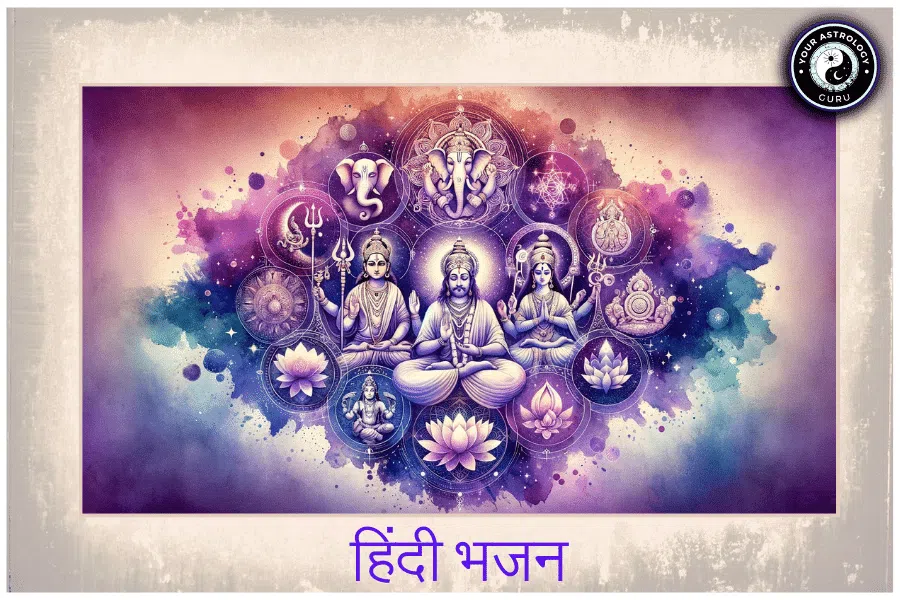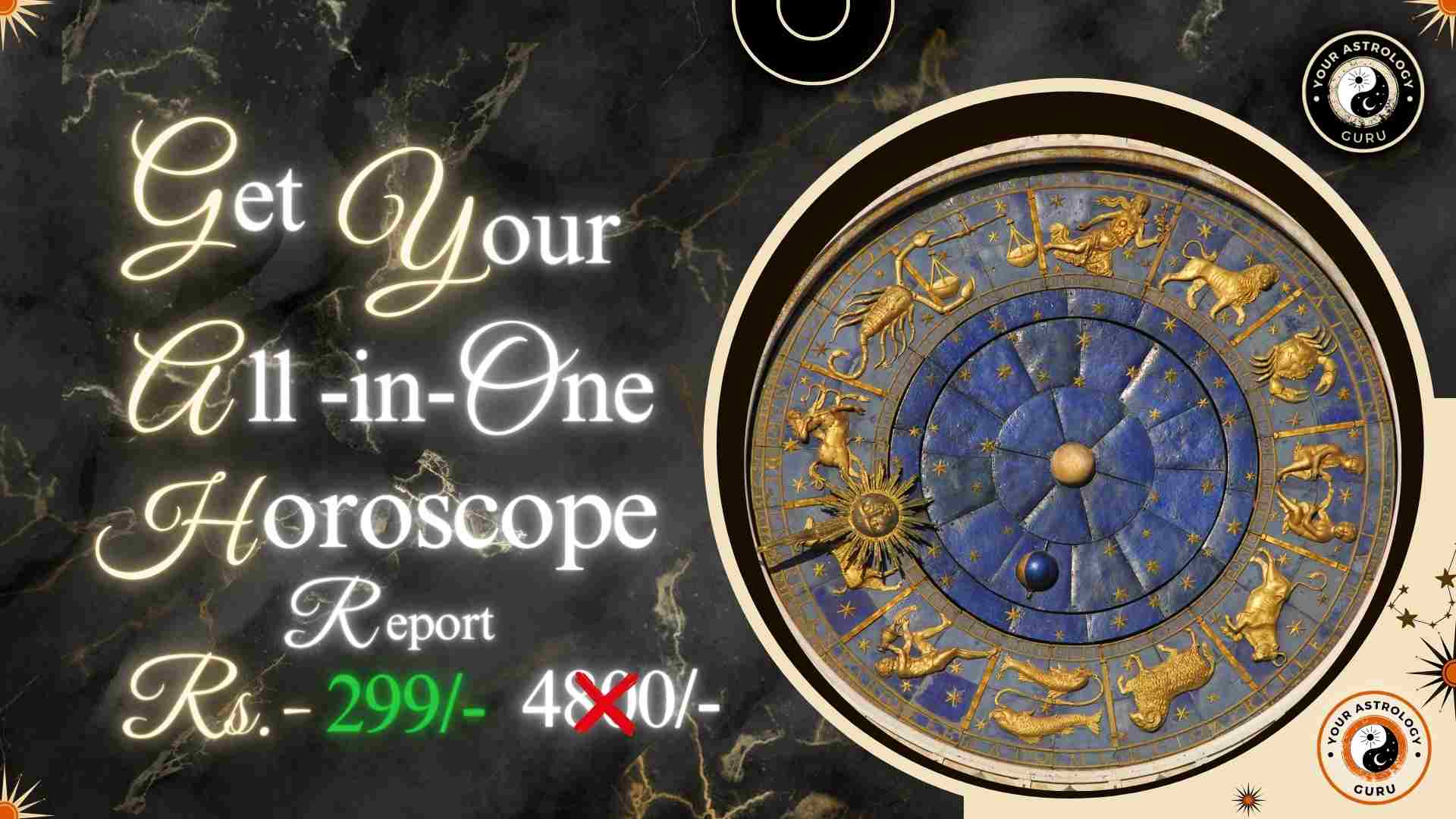KP Astrology, also known as Krishnamurti Paddhati Astrology, is a system of astrology that was developed by the late Indian astrologer, Prof. K.S. Krishnamurti. It is a unique and powerful branch of astrology that provides accurate predictions and insights into various aspects of life. Understanding astrology, including KP Astrology, is important for personal growth as it helps individuals gain a deeper understanding of themselves, their strengths and weaknesses, and the opportunities and challenges that lie ahead.
Astrology has been practiced for centuries and is based on the belief that the positions and movements of celestial bodies can influence human behavior and events on Earth. By studying astrology, individuals can gain insights into their personality traits, relationships, career prospects, health issues, and more. This knowledge can help them make informed decisions, overcome obstacles, and lead a more fulfilling life.
Table of Contents
Understanding KP Astrology: What is it and how does it work?
KP Astrology is a system of astrology that is based on the principles of stellar astrology or nakshatra astrology. It differs from traditional Vedic astrology in several ways. While Vedic astrology relies on the placement of planets in different signs of the zodiac, KP Astrology focuses on the position of planets in specific constellations or nakshatras.
In KP Astrology, each planet is assigned a specific number from 1 to 249. These numbers are used to calculate the position of planets in a birth chart or horoscope. The birth chart is then analyzed to make predictions about various aspects of life such as career, relationships, health, and more.
The Importance of Natal Charts in KP Astrology: What do they reveal?
A natal chart, also known as a birth chart or horoscope, is a map of the sky at the exact moment of an individual’s birth. It provides valuable information about the positions of planets, houses, and other astrological factors at the time of birth. Natal charts are an essential tool in KP Astrology as they reveal important insights about an individual’s personality, strengths, weaknesses, and life path.
Natal charts provide information about the placement of planets in different houses, which represent different areas of life such as career, relationships, health, and more. By analyzing the natal chart, astrologers can make predictions about the individual’s future and provide guidance on how to navigate challenges and make the most of opportunities.
How to Calculate Your Birth Chart: A Step-by-Step Guide
Calculating a birth chart in KP Astrology involves several steps. Here is a step-by-step guide to help you calculate your own birth chart:
1. Determine your exact date, time, and place of birth.
2. Convert the time of birth to Greenwich Mean Time (GMT).
3. Calculate the Local Mean Time (LMT) by adding or subtracting the time difference between your place of birth and Greenwich Mean Time.
4. Determine the Ayanamsa or the difference between the tropical zodiac and sidereal zodiac.
5. Calculate the Ascendant or Lagna by using the LMT and Ayanamsa.
6. Determine the position of planets in nakshatras by using their assigned numbers.
7. Plot the positions of planets in the birth chart.
It is important to note that accurate birth chart calculations are crucial for accurate predictions in KP Astrology. Even a slight error in calculating the birth chart can lead to incorrect interpretations and predictions.
Decoding the Planetary Significance in KP Astrology: What do they represent?
In KP Astrology, each planet has its own significance and represents different aspects of life. Here is a brief explanation of the planets and their significance in KP Astrology:
1. Sun: The Sun represents authority, leadership, self-confidence, and vitality. It is associated with the father, government, and the ego.
2. Moon: The Moon represents emotions, intuition, nurturing, and the subconscious mind. It is associated with the mother, home, and the mind.
3. Mars: Mars represents energy, passion, aggression, and courage. It is associated with action, ambition, and physical strength.
4. Mercury: Mercury represents communication, intellect, logic, and adaptability. It is associated with learning, writing, and business.
5. Jupiter: Jupiter represents expansion, growth, wisdom, and spirituality. It is associated with luck, abundance, and higher knowledge.
6. Venus: Venus represents love, beauty, harmony, and creativity. It is associated with relationships, art, and luxury.
7. Saturn: Saturn represents discipline, responsibility, hard work, and limitations. It is associated with karma, time, and life lessons.
8. Rahu: Rahu represents desires, illusions, obsessions, and unconventional thinking. It is associated with materialism and worldly pursuits.
9. Ketu: Ketu represents spirituality, detachment, liberation, and past-life karma. It is associated with spiritual growth and enlightenment.
Each planet’s position in the birth chart can provide insights into the corresponding areas of life that it influences.
The Role of Nakshatras in KP Astrology: How do they influence your destiny?
Nakshatras are specific constellations or star clusters that are used in KP Astrology to determine the position of planets in a birth chart. They play a significant role in influencing an individual’s destiny by providing insights into their personality traits, strengths, weaknesses, and life path.
There are 27 nakshatras in total, each representing different qualities and characteristics. Each nakshatra is ruled by a specific planet or deity and has its own unique energy and symbolism.
The nakshatras are divided into four groups or padas, each representing a different element: fire, earth, air, and water. The position of planets in different nakshatras can provide valuable information about an individual’s personality, career prospects, relationships, and more.
Identifying Your Personal Star: Which Nakshatra do you belong to?
To identify your nakshatra, you need to know your exact date, time, and place of birth. Once you have this information, you can use online tools or consult an astrologer to determine your nakshatra.
Each nakshatra has its own significance and represents different qualities and characteristics. Here is a brief explanation of the 27 nakshatras and their significance:
1. Ashwini: Ashwini represents speed, vitality, and independence. It is associated with healing and medicine.
2. Bharani: Bharani represents creativity, fertility, and transformation. It is associated with birth and death.
3. Krittika: Krittika represents determination, courage, and leadership. It is associated with fire and purification.
4. Rohini: Rohini represents beauty, sensuality, and abundance. It is associated with fertility and growth.
5. Mrigashira: Mrigashira represents curiosity, exploration, and adaptability. It is associated with hunting and searching.
6. Ardra: Ardra represents transformation, destruction, and renewal. It is associated with storms and chaos.
7. Punarvasu: Punarvasu represents renewal, growth, and abundance. It is associated with nurturing and protection.
8. Pushya: Pushya represents nourishment, care, and emotional support. It is associated with motherhood.
9. Ashlesha: Ashlesha represents transformation, healing, and intuition. It is associated with snakes and hidden knowledge.
10. Magha: Magha represents royalty, power, and authority. It is associated with ancestors and lineage.
11. Purva Phalguni: Purva Phalguni represents love, romance, and creativity. It is associated with marriage and partnerships.
12. Uttara Phalguni: Uttara Phalguni represents leadership, responsibility, and loyalty. It is associated with service and duty.
13. Hasta: Hasta represents skill, craftsmanship, and precision. It is associated with healing and handwork.
14. Chitra: Chitra represents beauty, artistry, and creativity. It is associated with divine architects and designers.
15. Swati: Swati represents balance, harmony, and diplomacy. It is associated with wind and movement.
16. Vishakha: Vishakha represents determination, ambition, and success. It is associated with victory and achievement.
17. Anuradha: Anuradha represents loyalty, commitment, and friendship. It is associated with devotion and dedication.
18. Jyeshtha: Jyeshtha represents power, authority, and transformation. It is associated with the eldest sibling.
19. Mula: Mula represents destruction, transformation, and liberation. It is associated with roots and foundations.
20. Purva Ashadha: Purva Ashadha represents determination, ambition, and success. It is associated with victory and achievement.
21. Uttara Ashadha: Uttara Ashadha represents leadership, responsibility, and loyalty. It is associated with service and duty.
22. Shravana: Shravana represents learning, wisdom, and communication. It is associated with listening and understanding.
23. Dhanishta: Dhanishta represents wealth, abundance, and prosperity. It is associated with music and celebration.
24. Shatabhisha: Shatabhisha represents healing, transformation, and spirituality. It is associated with the healing arts.
25. Purva Bhadrapada: Purva Bhadrapada represents compassion, spirituality, and sacrifice. It is associated with the divine healer.
26. Uttara Bhadrapada: Uttara Bhadrapada represents spirituality, enlightenment, and liberation. It is associated with the divine teacher.
27. Revati: Revati represents compassion, empathy, and spiritual growth. It is associated with the divine protector.
Knowing your nakshatra can help you understand your strengths, weaknesses, and life path. You can use this knowledge to make informed decisions, overcome challenges, and embrace your destiny.
Unraveling the Mystery of Bhavas in KP Astrology: What do they signify?
Bhavas, also known as houses, are an important component of KP Astrology. They represent different areas of life and provide insights into various aspects such as career, relationships, health, and more.
There are 12 bhavas in total, each representing a different aspect of life. Here is a brief explanation of the 12 bhavas and their significance:
1. First House (Lagna): The first house represents the self, personality, physical appearance, and overall well-being.
2. Second House: The second house represents wealth, possessions, speech, and family.
3. Third House: The third house represents communication, siblings, short journeys, and courage.
4. Fourth House: The fourth house represents home, mother, emotions, and real estate.
5. Fifth House: The fifth house represents creativity, children, education, and romance.
6. Sixth House: The sixth house represents health, enemies, obstacles, and service.
7. Seventh House: The seventh house represents partnerships, marriage, business relationships, and legal matters.
8. Eighth House: The eighth house represents transformation, death, inheritance, and occult sciences.
9. Ninth House: The ninth house represents higher education, spirituality, long journeys, and luck.
10. Tenth House: The tenth house represents career, reputation, social status, and authority.
11. Eleventh House: The eleventh house represents gains, friendships, social networks, and aspirations.
12. Twelfth House: The twelfth house represents spirituality, isolation, hidden enemies, and subconscious mind.
The position of planets in different bhavas can provide insights into the corresponding areas of life that they influence.
Analyzing the Planetary Transits in KP Astrology: How do they impact your life?
Planetary transits refer to the movement of planets through different signs of the zodiac. They play a significant role in KP Astrology as they can have a profound impact on an individual’s life.
By analyzing planetary transits, astrologers can make predictions about the future and provide guidance on how to navigate challenges and make the most of opportunities. Planetary transits can influence various aspects of life such as career, relationships, health, and more.
For example, when a planet transits through the tenth house of career and reputation, it can bring new opportunities for professional growth and success. On the other hand, when a planet transits through the seventh house of partnerships and marriage, it can bring changes or challenges in relationships.
Analyzing planetary transits requires a deep understanding of astrology and its principles. It is important to consult an experienced astrologer to get accurate predictions and guidance based on planetary transits.
The Power of Dasha System in KP Astrology: How to interpret it?
The Dasha System is a unique feature of KP Astrology that provides a timeline of events in an individual’s life. It is based on the concept that each planet has a specific period or dasha during which its influence is prominent.
The Dasha System is calculated based on the position of the Moon at the time of birth. It consists of major and minor periods, each ruled by a different planet. The major period is known as the Mahadasha, while the minor period is known as the Antardasha.
Interpreting the Dasha System requires a deep understanding of astrology and its principles. It involves analyzing the position of planets in different houses, their aspects, and their relationship with other planets.
By interpreting the Dasha System, astrologers can make predictions about the timing of events in an individual’s life. This can help individuals make informed decisions, plan for the future, and navigate challenges.
Understanding the Remedial Measures in KP Astrology: How to mitigate negative influences?
Remedial measures are an important aspect of KP Astrology as they provide ways to mitigate negative influences and enhance positive energies. Remedial measures can include wearing gemstones, performing specific rituals or prayers, practicing meditation or yoga, and more.
The purpose of remedial measures is to balance the energies and reduce the impact of negative influences in an individual’s life. They can help individuals overcome obstacles, improve relationships, enhance career prospects, and promote overall well-being.
It is important to consult an experienced astrologer to determine the most appropriate remedial measures based on your birth chart and specific needs. They can guide you on how to perform the remedies correctly and ensure that they are aligned with your goals and values.
Embracing Your Destiny with KP Astrology: How to use it as a tool for personal growth?
Embracing our destiny with KP Astrology can be a powerful tool for personal growth. KP Astrology, also known as Krishnamurti Paddhati, is a branch of Vedic astrology that focuses on accurate predictions and timing events. It provides insights into our past, present, and future, helping us understand the karmic patterns and lessons we need to learn in this lifetime. By understanding our destiny through KP Astrology, we can gain clarity on our life purpose and make conscious choices that align with our true path. This knowledge allows us to embrace our destiny with acceptance and gratitude, rather than resisting or fighting against it. It helps us develop a deeper understanding of ourselves and the world around us, leading to personal growth and spiritual evolution. Additionally, KP Astrology can guide us in making important decisions, such as career choices or relationships, by providing insights into the potential outcomes and timing of events. By using KP Astrology as a tool for personal growth, we can navigate through life’s challenges with greater awareness and make choices that lead to fulfillment and happiness.













